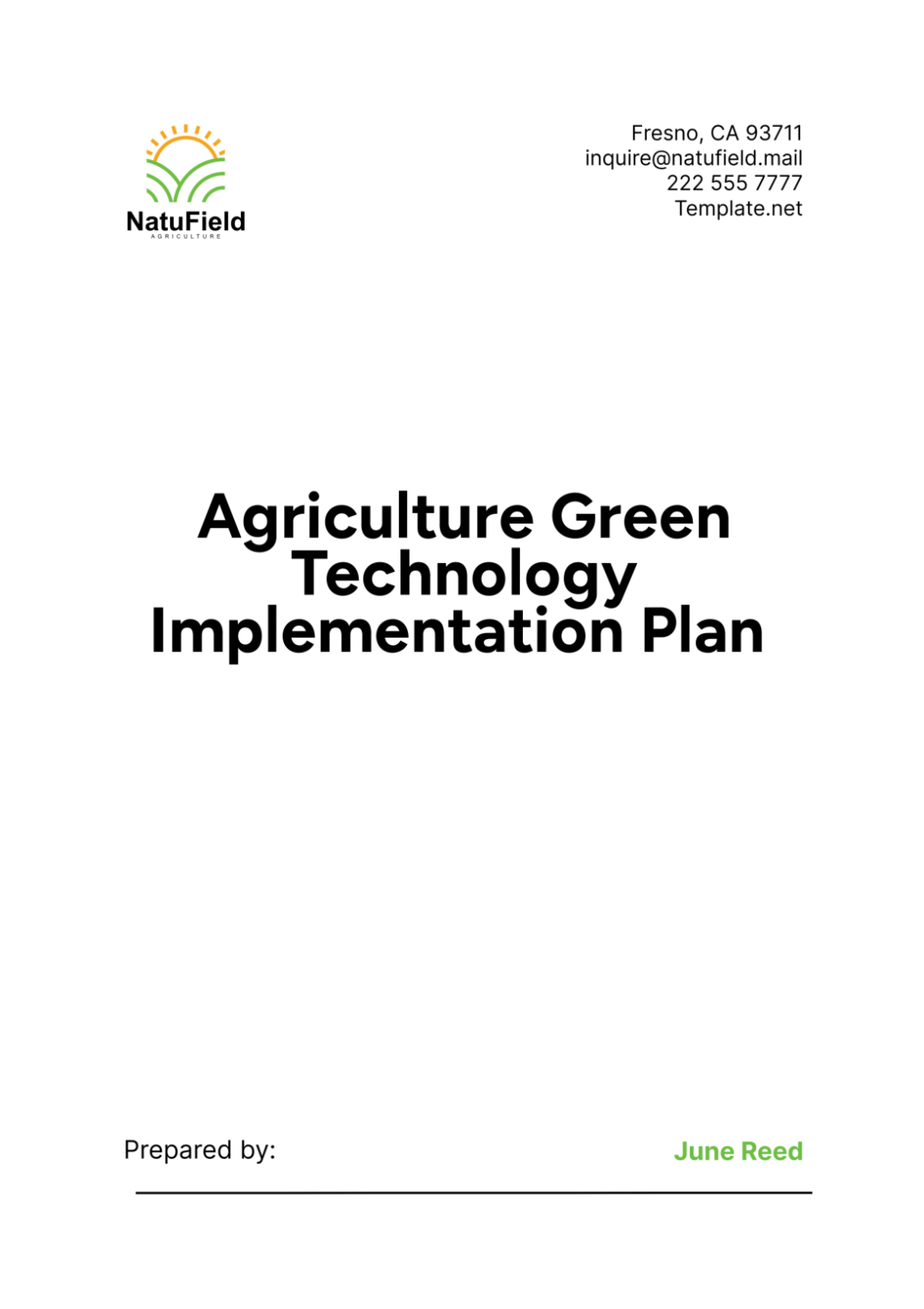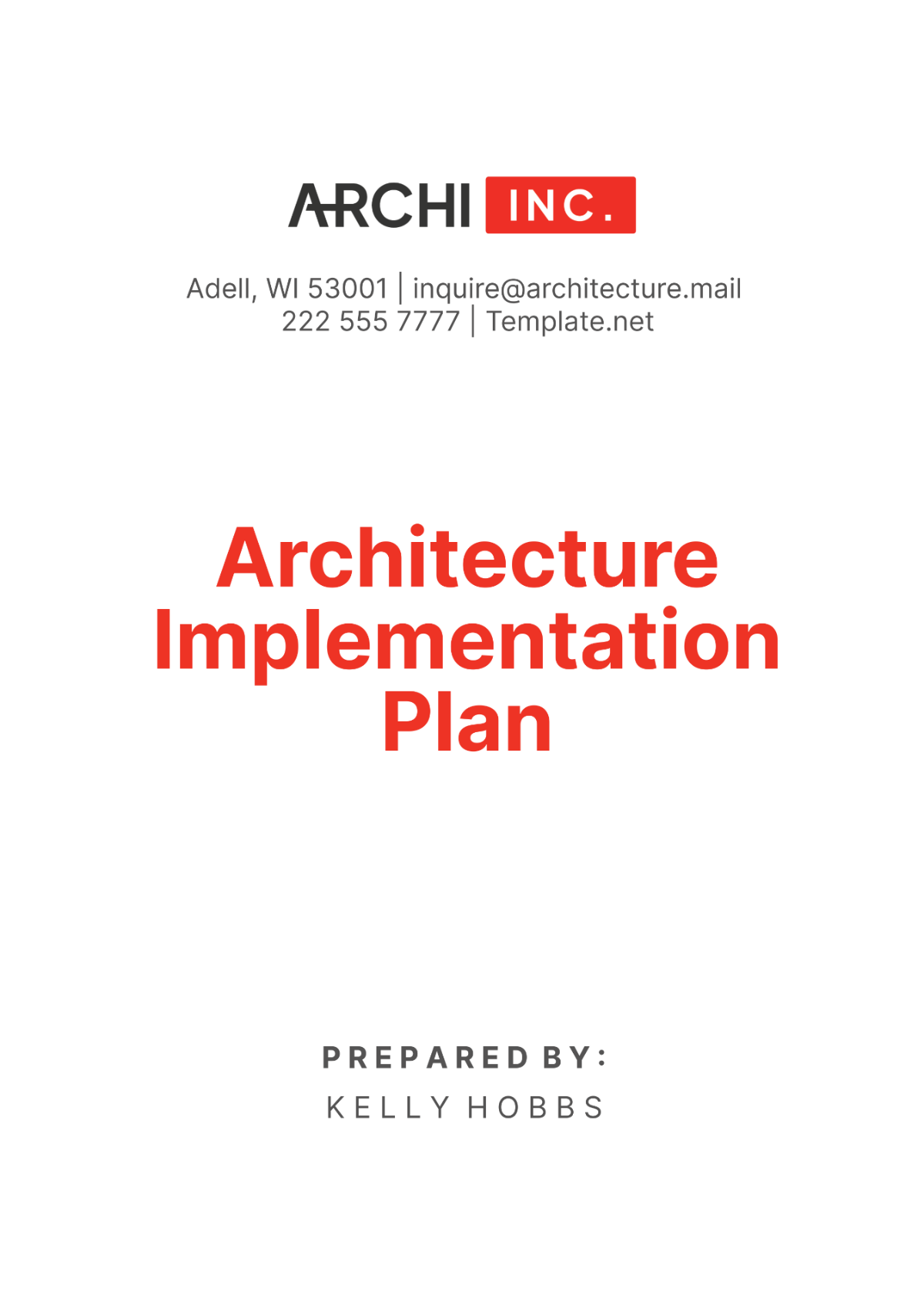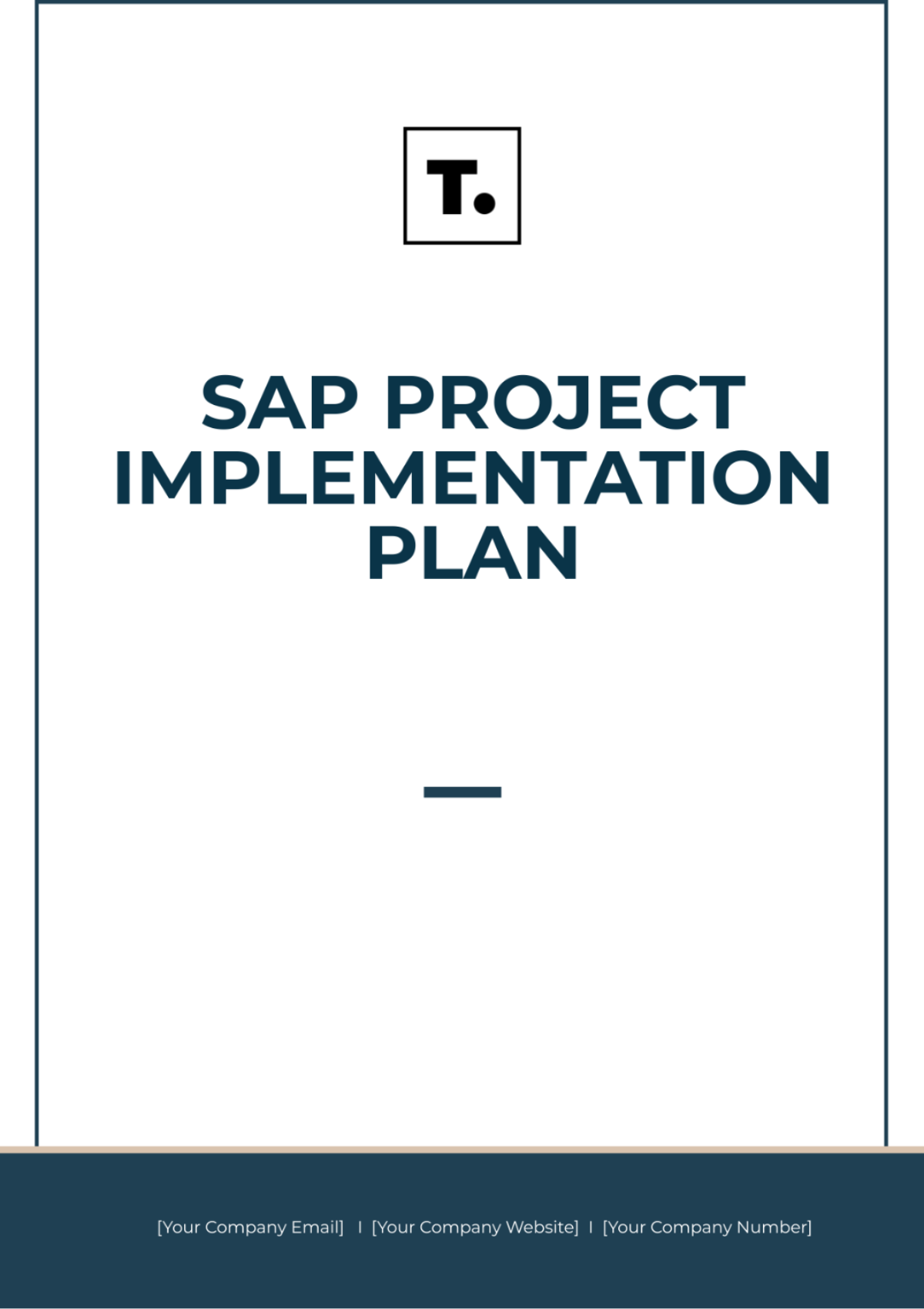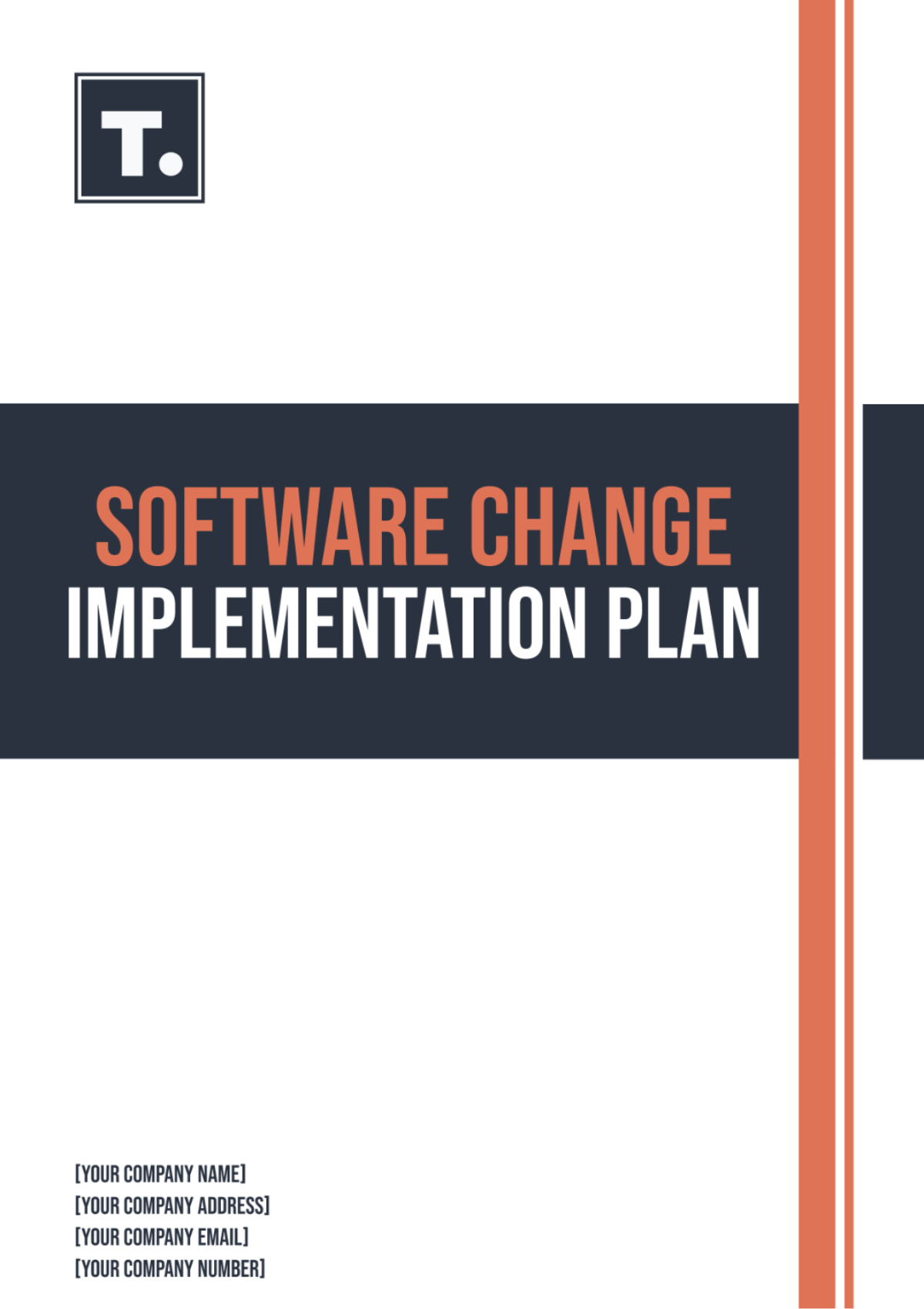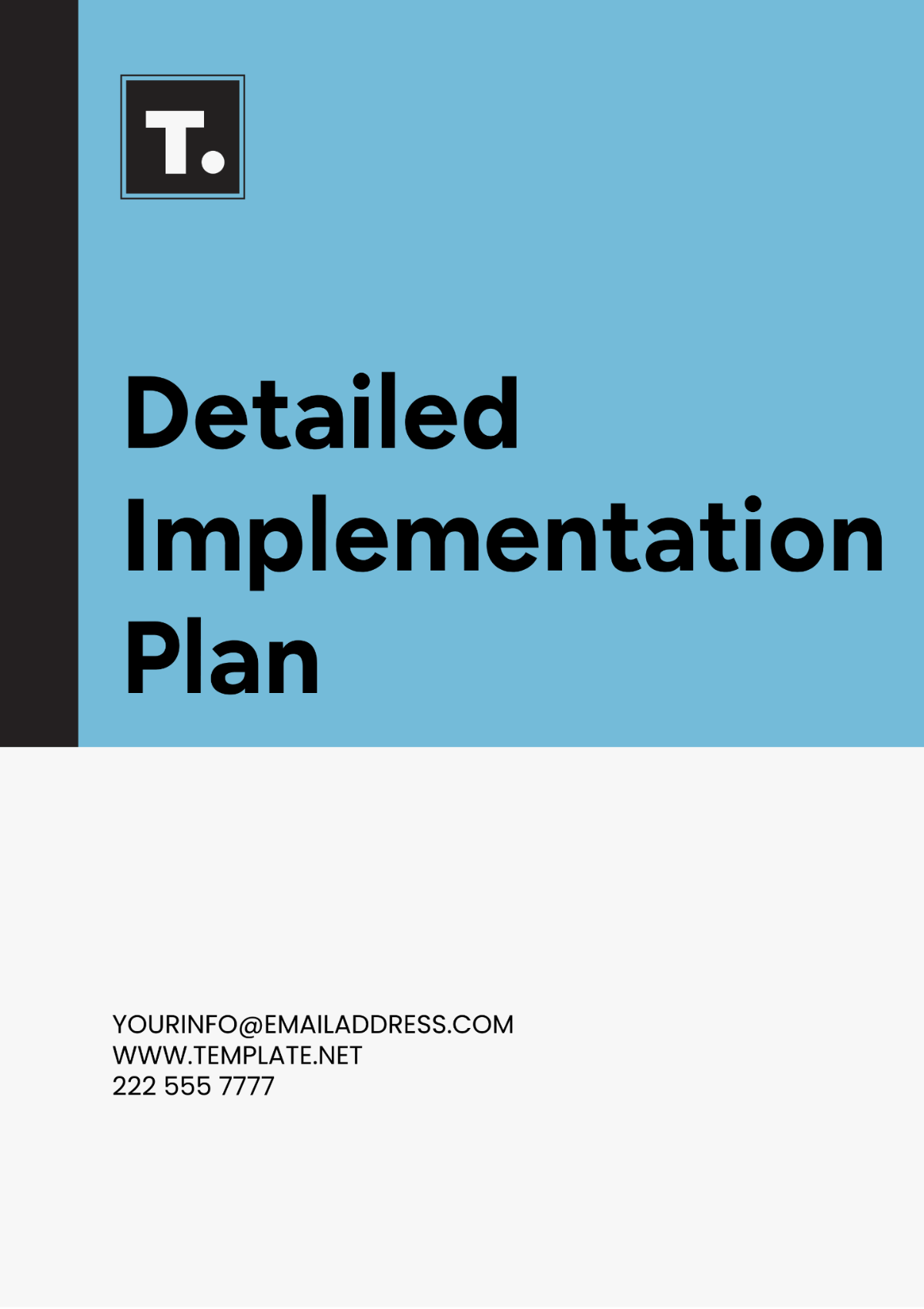SaaS Implementation Plan
Written by: [YOUR NAME]
I. Executive Summary
The purpose of this Implementation Plan is to provide a structured approach for the successful deployment of the SaaS solution provided by [YOUR COMPANY NAME]. This plan encompasses all stages of the implementation process, from initial planning to full operational status.
II. Company Information
Company Name: | [YOUR COMPANY NAME] |
Company Address: | [YOUR COMPANY ADDRESS] |
Social Media: | [YOUR COMPANY SOCIAL MEDIA] |
III. Project Goals and Objectives
Goal 1: Successfully implement the SaaS solution within the defined timeline and budget.
Objective 1: Ensure all stakeholders are onboard and understand their roles and responsibilities.
Goal 2: Optimize the SaaS solution to improve business processes and efficiency.
Objective 2: Provide adequate training and support for all users.
IV. Milestone Timeline
Milestone | Target Date | Responsible Party |
|---|---|---|
Initial Planning | MM/DD/YYYY | [YOUR NAME] |
Requirement Analysis | MM/DD/YYYY | [PROJECT MANAGER] |
System Setup | MM/DD/YYYY | [IT SPECIALIST] |
Training | MM/DD/YYYY | [TRAINER NAME] |
Go-Live | MM/DD/YYYY | [IMPLEMENTATION LEAD] |
V. Roles and Responsibilities
To ensure the effective and efficient implementation of the SaaS solution, the following roles and responsibilities have been identified:
Project Manager: Oversees the entire implementation process, ensuring milestones are met and objectives are achieved.
IT Specialist: Responsible for the technical setup and configuration of the SaaS solution.
Trainer: Conducts training sessions and provides user support during the transition period.
Stakeholders: Various individuals who have an interest in the project and its outcomes.
VI. Implementation Steps
The following steps outline the process for implementing the SaaS solution:
Step 1: Initial Planning - Define project scope, objectives, and timelines.
Step 2: Requirement Analysis - Gather detailed requirements from stakeholders.
Step 3: System Setup - Configure system settings and integrations.
Step 4: Testing - Conduct thorough testing to ensure system stability and performance.
Step 5: Training - Provide training sessions to ensure all users are proficient with the new system.
Step 6: Go-Live and Support - Launch the system and provide ongoing support and maintenance.
VII. Risk Management
Identifying and managing risks is crucial to the success of the implementation. The following potential risks have been identified:
Risk 1: Delays in system setup - Mitigation: Allocate additional resources to ensure timely completion.
Risk 2: User resistance to new system - Mitigation: Conduct comprehensive training and change management.
Risk 3: Technical issues - Mitigation: Ensure robust testing and have contingency plans in place.
VIII. Communication Plan
Effective communication is essential for the successful implementation of the SaaS solution. The communication plan includes:
Regular Meetings: Weekly progress meetings with the project team.
Status Reports: Monthly status reports to stakeholders.
Feedback Sessions: Regular sessions to gather feedback and make necessary adjustments.
IX. Conclusion
This Implementation Plan outlines a comprehensive approach for the successful deployment of the SaaS solution by [YOUR COMPANY NAME]. By adhering to this plan, we aim to achieve a seamless transition, ensuring maximum value and efficiency for all stakeholders.


